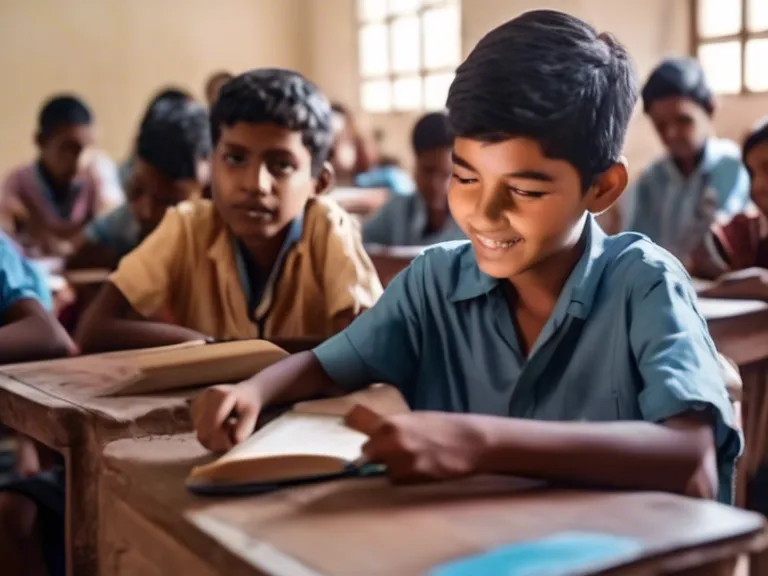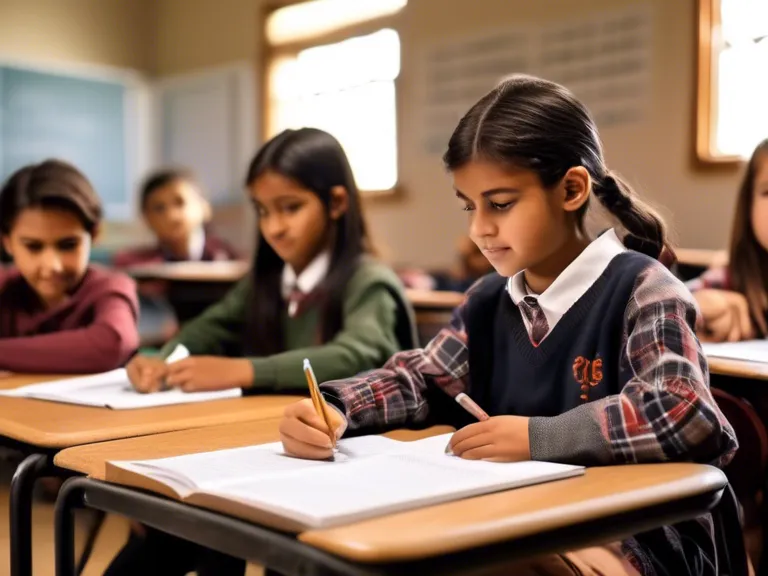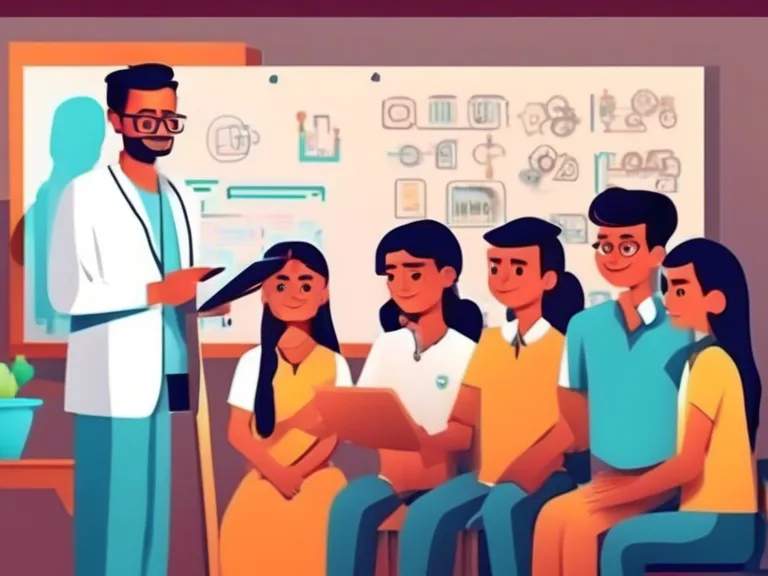
In rural villages around the world, access to quality education can be limited due to various factors such as lack of resources, qualified teachers, and infrastructure. However, in recent years, there has been a promising solution to closing the education gap in these underserved communities - Artificial Intelligence (AI).
AI technology has the potential to revolutionize the way education is delivered in villages by providing personalized learning experiences, overcoming language barriers, and making educational resources more accessible. With AI-powered tools, students can receive customized lessons based on their individual learning needs and pace, helping them to grasp concepts more effectively.
One of the key advantages of AI in education is its ability to cater to different learning styles and abilities, thus ensuring that no student is left behind. This is particularly crucial in villages where students may come from diverse backgrounds and have varying levels of academic readiness. Through AI, teachers can better understand the strengths and weaknesses of each student and provide targeted support where needed.
Furthermore, AI can help address the issue of limited access to quality education resources in villages. By leveraging AI algorithms, educational content can be translated into local languages, making it more inclusive and easier for students to understand. Additionally, AI-powered platforms can provide interactive and engaging learning experiences, making education more enjoyable and effective for students.
In conclusion, AI has the potential to level the playing field in education and bridge the gap between urban and rural communities. By harnessing the power of AI technology, villages can provide their students with quality education that is tailored to their needs and aspirations. As AI continues to advance, the possibilities for transforming education in underserved areas are endless.



